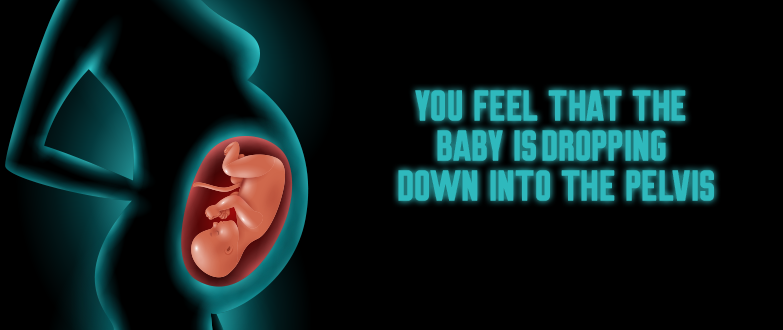For most expectant mothers, the arrival of their baby is the culmination of an intense and exhilarating journey.What are 3 signs that labor is approaching: As you approach the due date, your body will start sending out signals to let you know that labor is imminent.
Learning to recognize these signs will help you to identify when to go to the hospital and be prepared for the birth of your baby. In this article, we explore three signs that birth is approaching.
Cramping and Contractions
The onset of contractions is the most obvious sign that labor is approaching. However, many women experience cramping and other symptoms before contractions start.
These cramps resemble menstrual cramps and serve to prepare your body for labor. You may also experience lower back pain, which is caused by the pressure of the baby’s head on your pelvis.

These cramps and contractions will become more frequent and intense the closer you get to delivery. The timing of the contractions is essential.
You will want to begin timing your contractions once they are five minutes apart and lasting for 60 seconds or longer.
Water Breaking
Your water breaking, or rupture of the amniotic sac, is another sign that labor is approaching. For some women, water breaks naturally while in labor, while others require assistance to rupture the sac.

The amniotic fluid may flow steadily, leak intermittently, or you might get a sudden gush of fluid. Once water breaks, you must notify your healthcare provider and go to the hospital promptly.
Cervix Dilation
Many women experience the thinning (effacement) and opening (dilation) of their cervix days or weeks before labor starts.
Your doctor or midwife will check for cervical changes during regular prenatal appointments using vaginal exams.
Once the dilation is at least 3 cm, your healthcare provider will likely admit you to the hospital.

Additional Body Changes
In addition to the three signs mentioned earlier, several other body changes may indicate that labor is approaching.
These symptoms may include increased vaginal discharge, bloody “show,” gastrointestinal upset, and increased ability to breathe as the baby drops into the pelvis region.

It is essential to remember that every pregnancy is different, and there is no one 100 percent comprehensive way that will predict when your labor will start.
But learning these signs and symptoms can provide you with a sense of reassurance and may help you prepare better for your delivery.
Indeed, always contact your healthcare provider if you experience any symptoms or are unsure about when you should go to the hospital.
Remember that the sought after goal is to safely deliver you baby and to experience the beginning of a new life.


